Please read on, stay posted, subscribe, and we welcome you to tell us what you think.
what are you looking for?
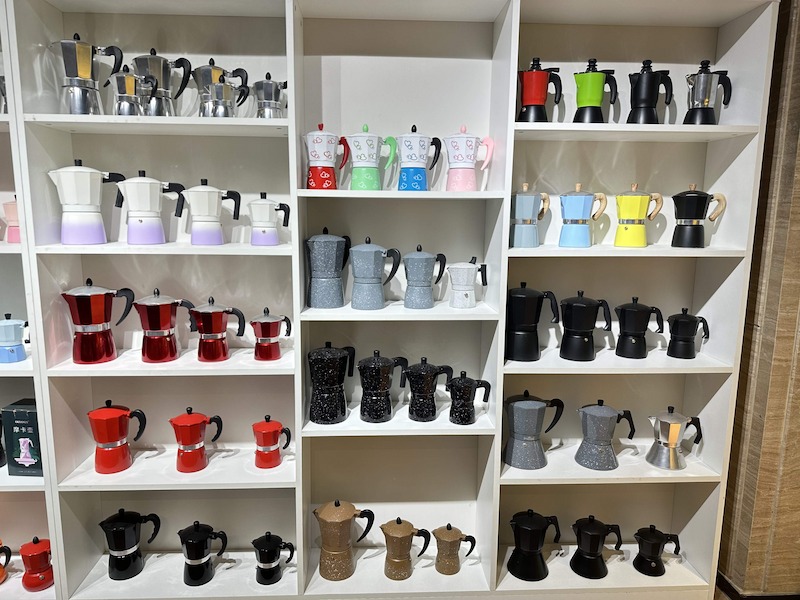 Factory Supply OEM Camping Espresso Coffee Pot
Factory Supply OEM Camping Espresso Coffee Pot
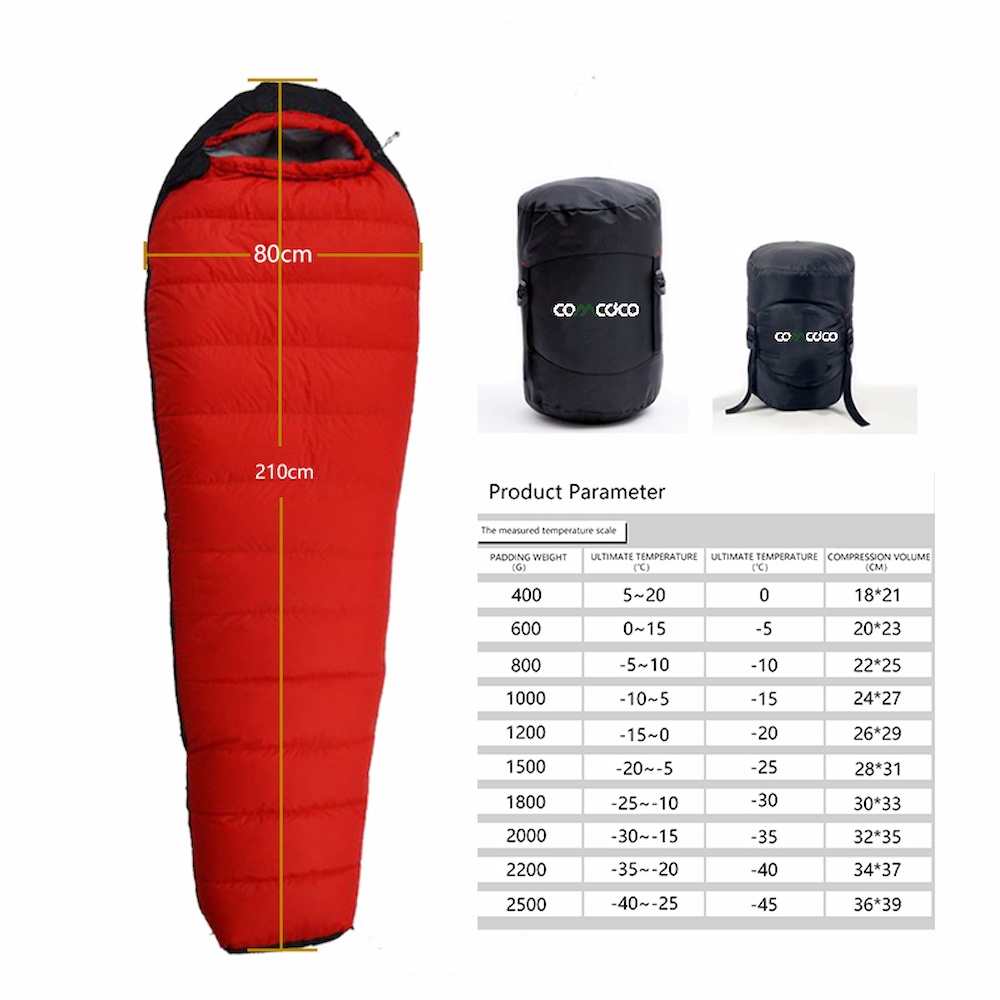 How to Choose Sleeping Bag for Camping?
How to Choose Sleeping Bag for Camping?
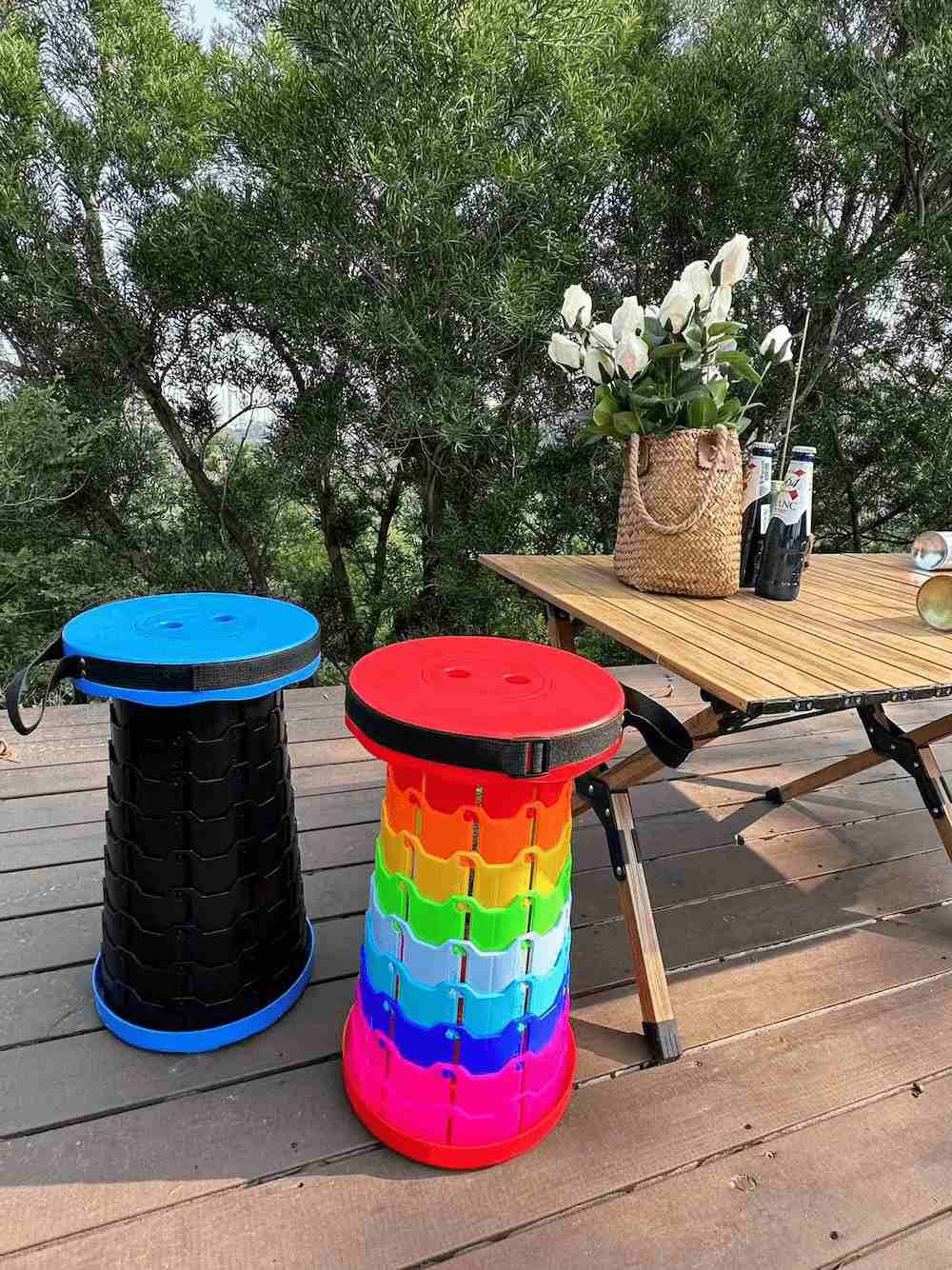 Factory Wholesales Outdoor Folding Backpack Chair Fishing Stools
Factory Wholesales Outdoor Folding Backpack Chair Fishing Stools
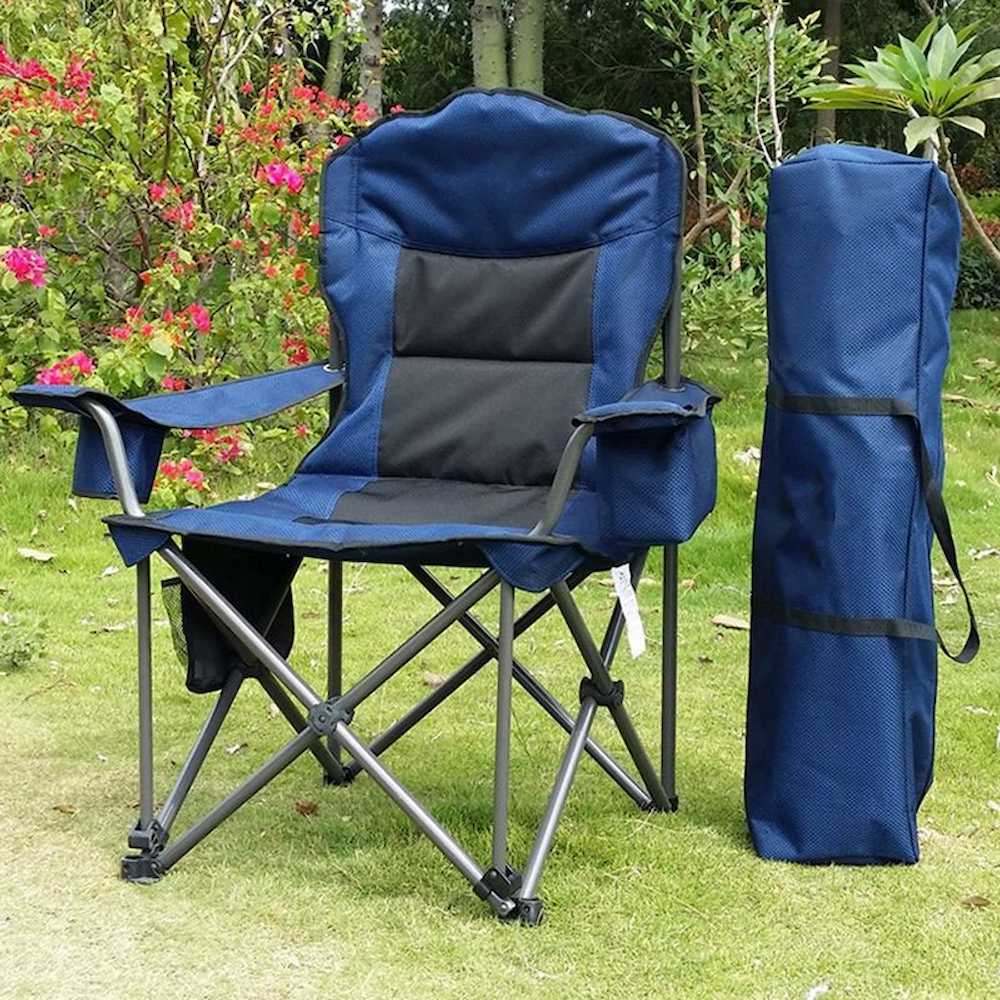 Our Popular Outdoor Camping Chairs in 2023
Our Popular Outdoor Camping Chairs in 2023
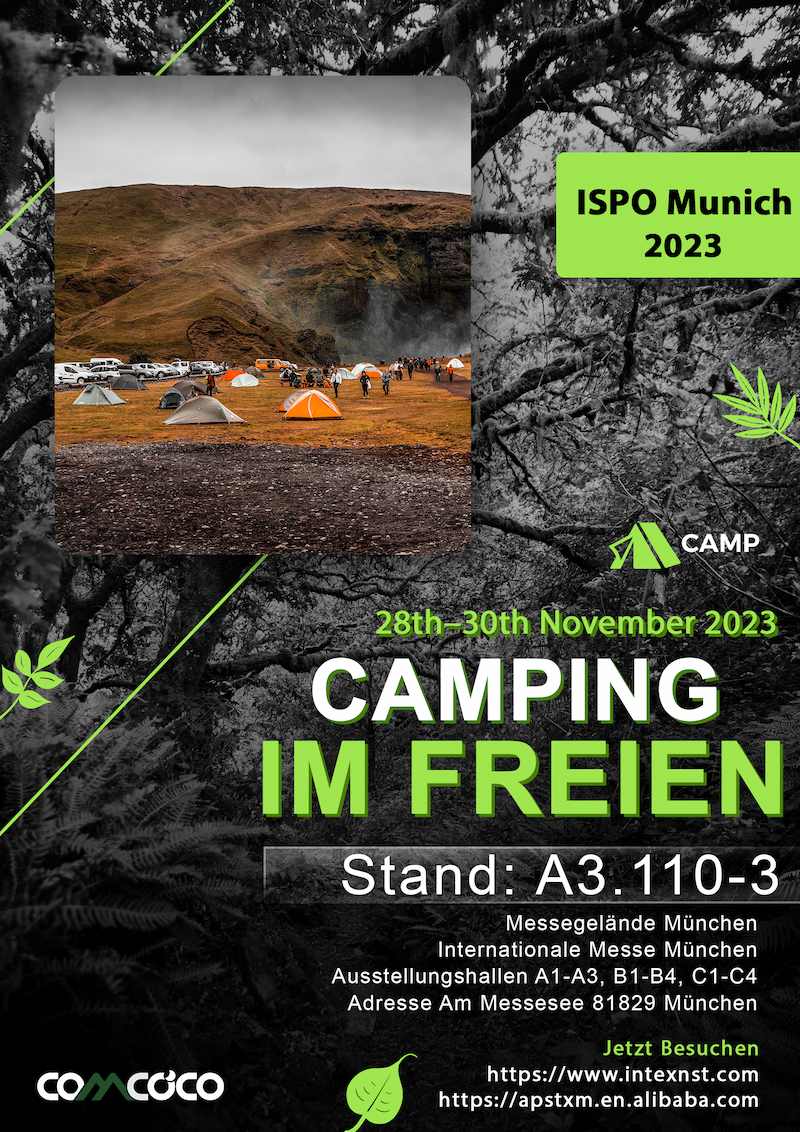 Let's Meet on Germany ISPO Munich 2023!
Let's Meet on Germany ISPO Munich 2023!
 Happy Mid-Autumn Festival & China's National Day
Happy Mid-Autumn Festival & China's National Day
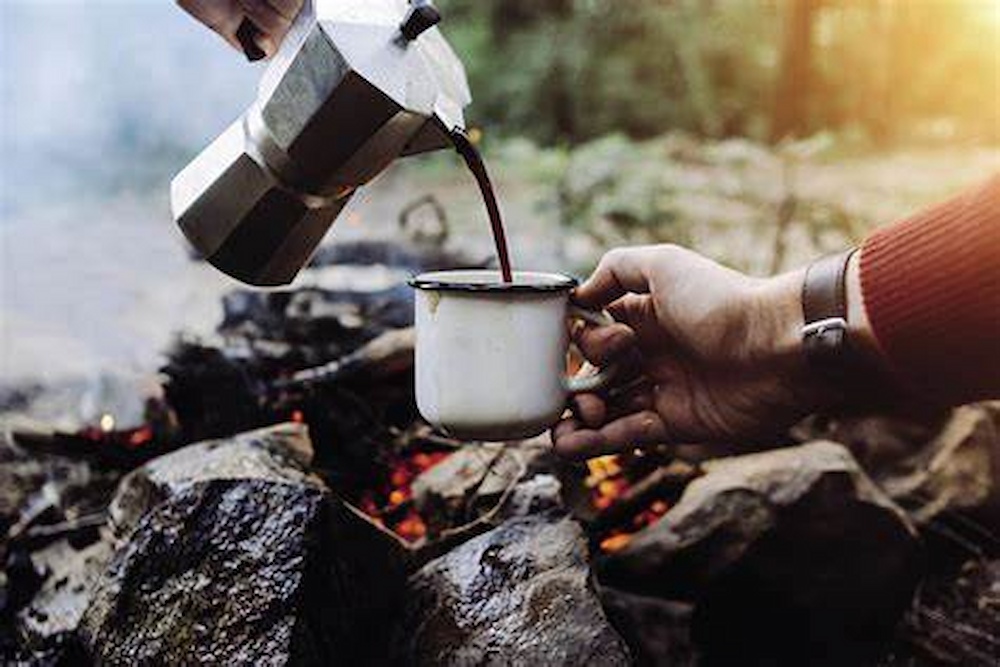 How to Make Coffee in the Wild When Camping?
How to Make Coffee in the Wild When Camping?
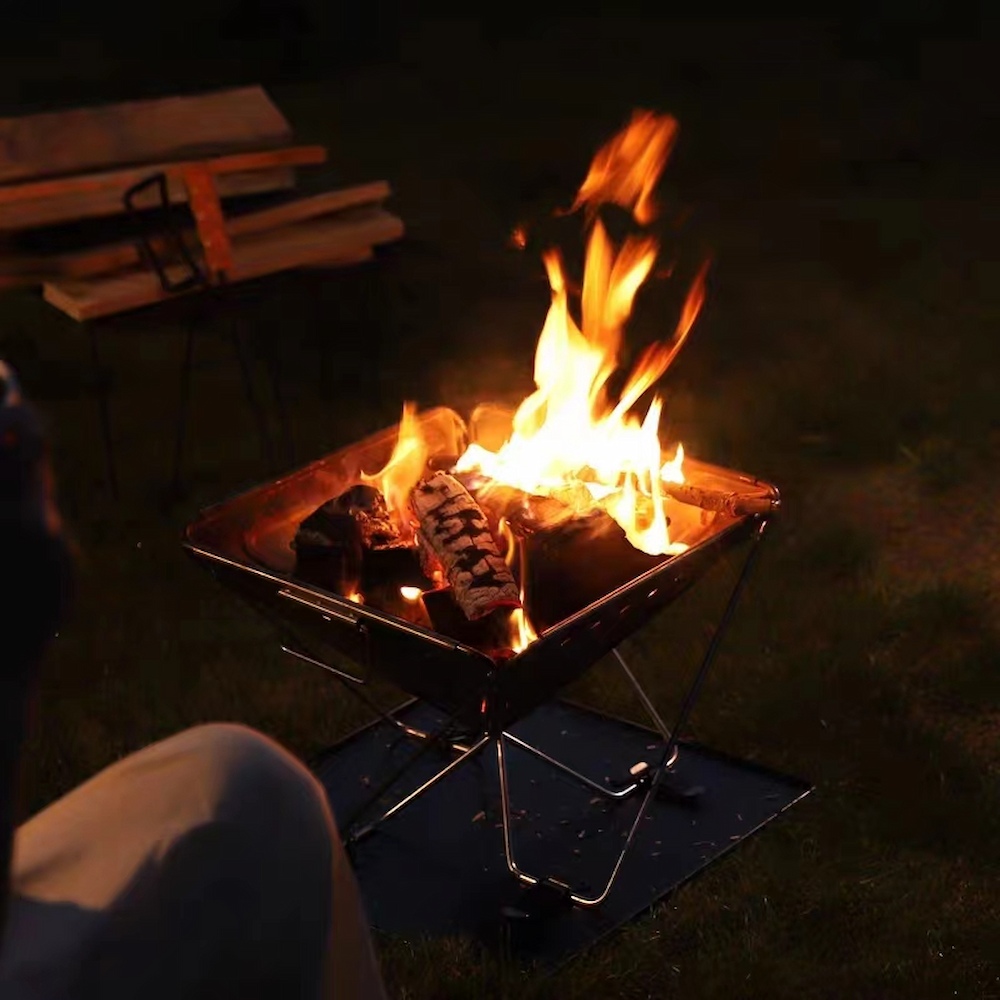 How to Use a Firewood Camping Stove Safely?
How to Use a Firewood Camping Stove Safely?
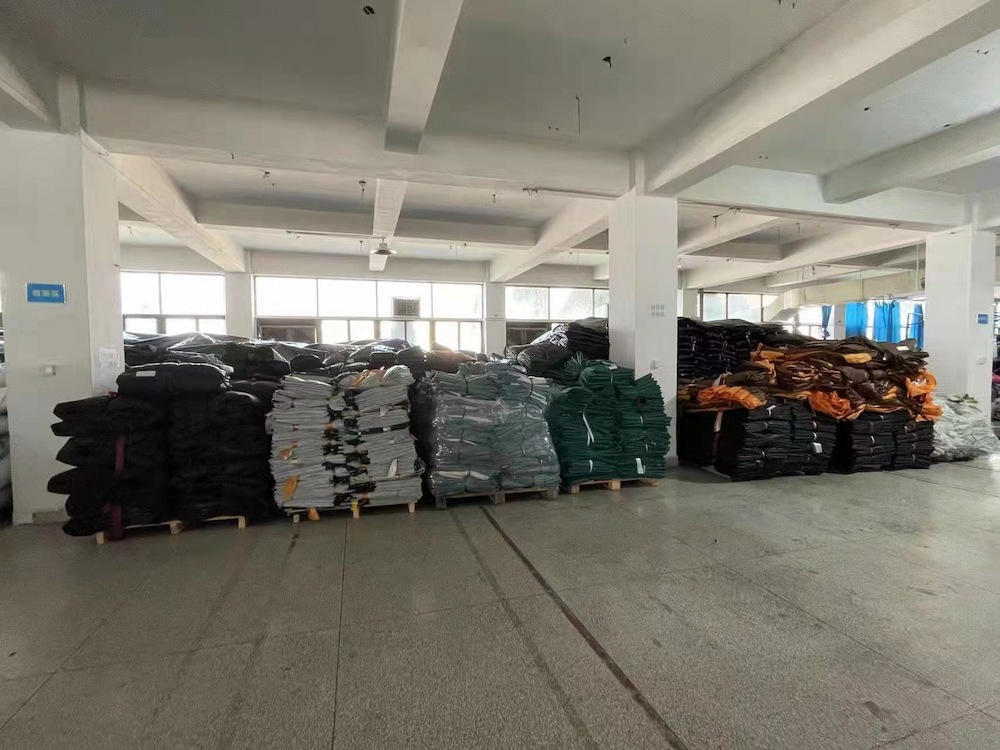 What is the Best of Camping Tent Made?
What is the Best of Camping Tent Made?
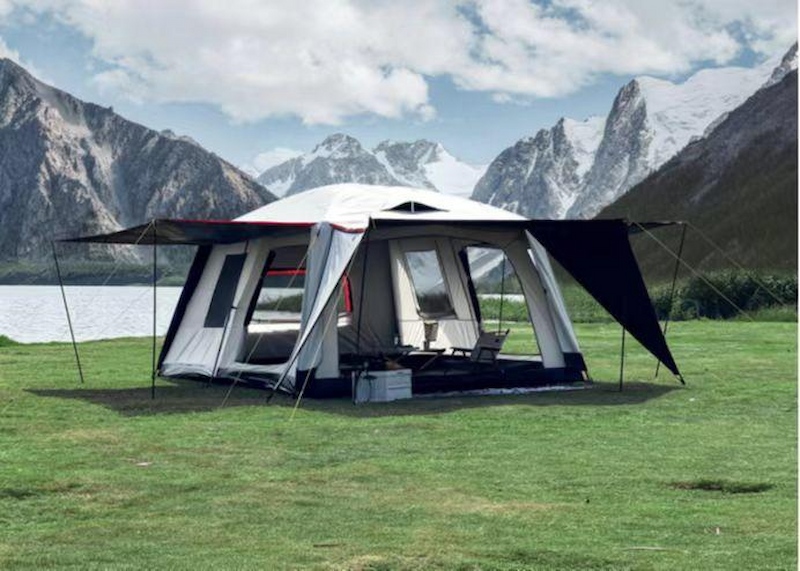 Our Factory Supply High-Quality Folding Camping Tent for Your Outdoor Business
Our Factory Supply High-Quality Folding Camping Tent for Your Outdoor Business
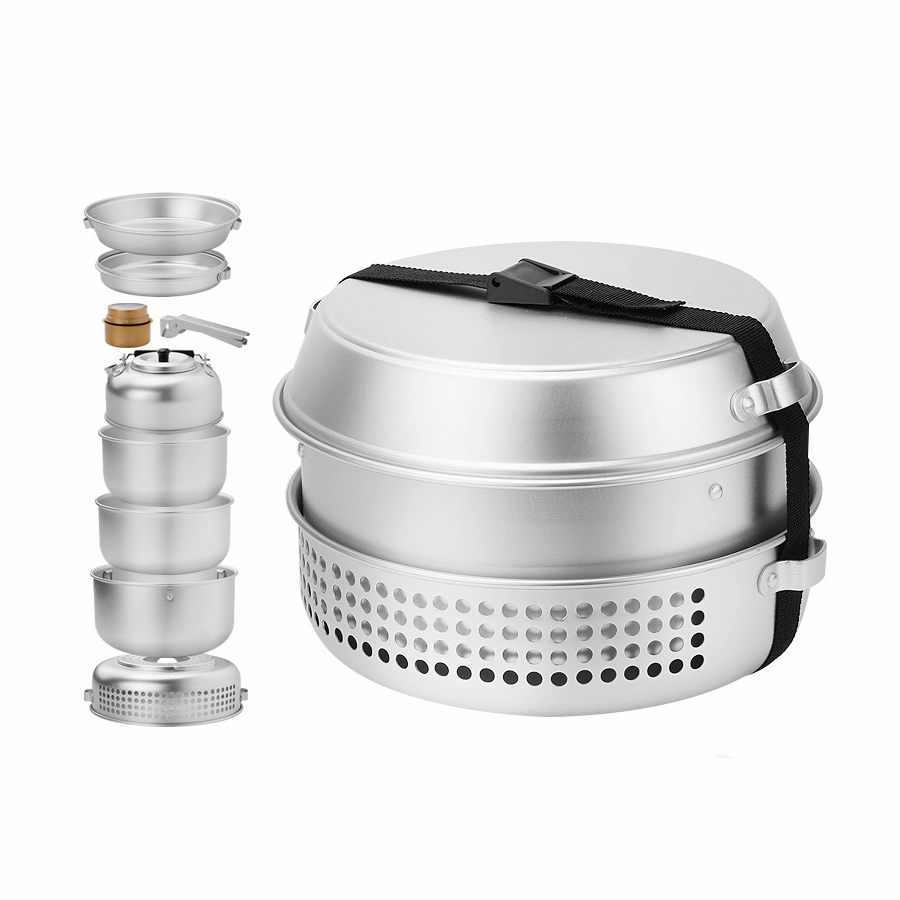 China Factory Whole Outdoor Cooking Gear: 10 PCS Camping Aluminum Cookware Set
China Factory Whole Outdoor Cooking Gear: 10 PCS Camping Aluminum Cookware Set
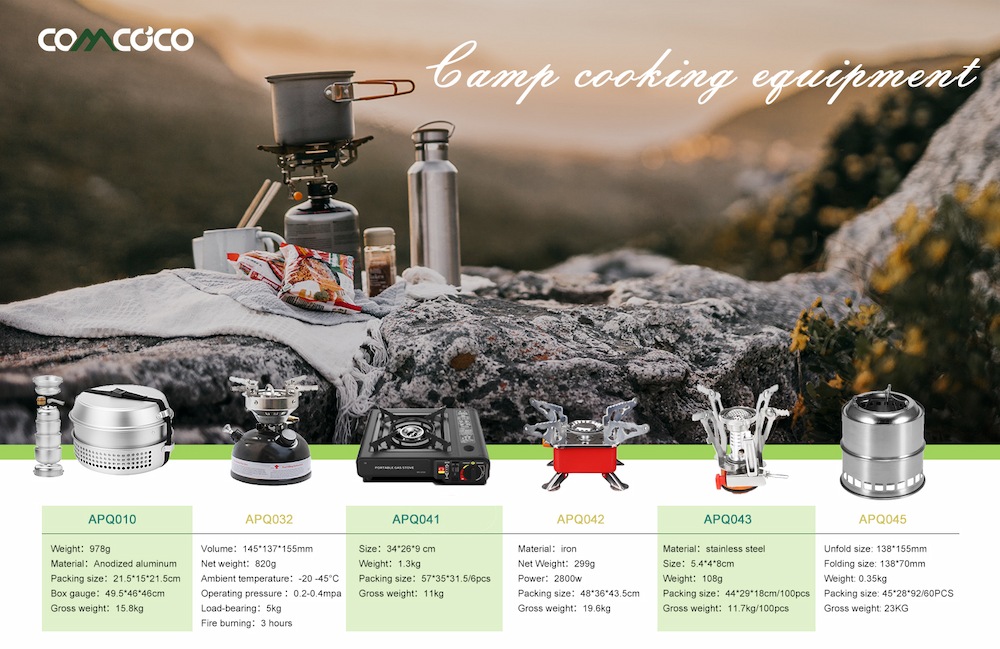 How to Choose A Good Outdoor Camping Stove?
How to Choose A Good Outdoor Camping Stove?
Please read on, stay posted, subscribe, and we welcome you to tell us what you think.
 Cell Phone: +86 18965185105
Cell Phone: +86 18965185105
 Email: xmnst2@intexnst.com
Email: xmnst2@intexnst.com
 Address: 602-A, No. 891, Haicang Ave, Xiamen, China
Address: 602-A, No. 891, Haicang Ave, Xiamen, China









